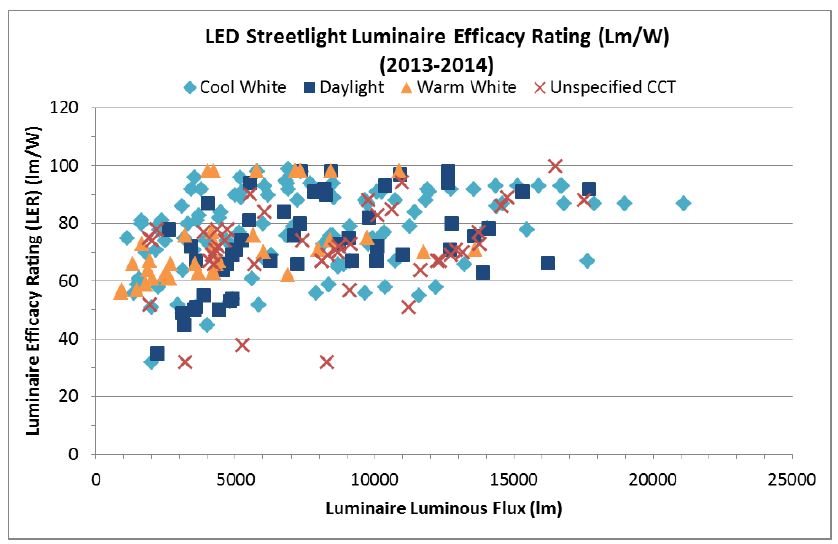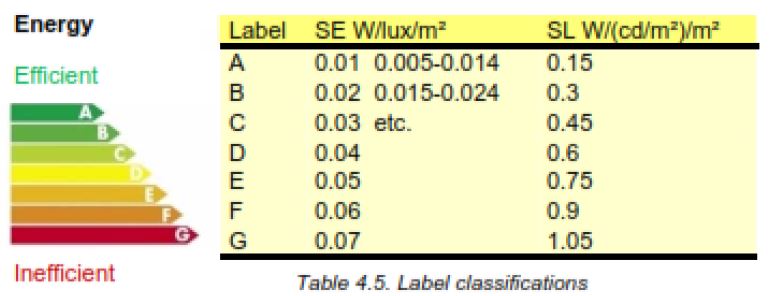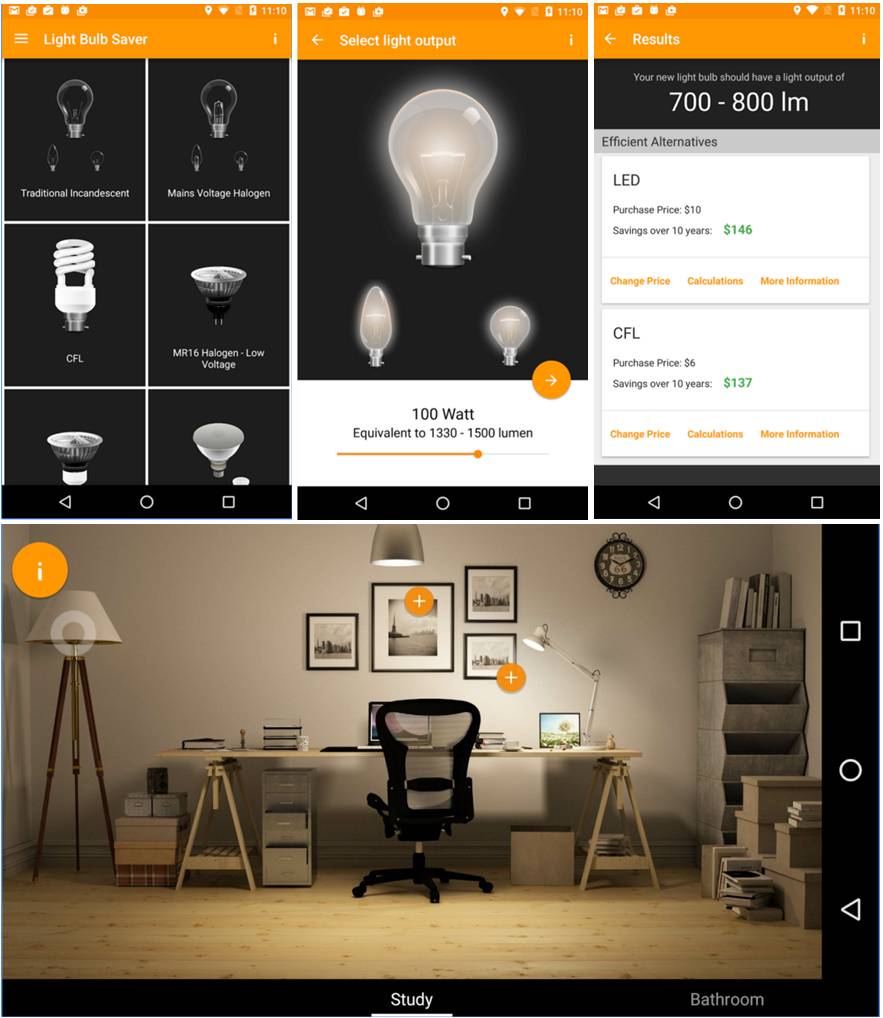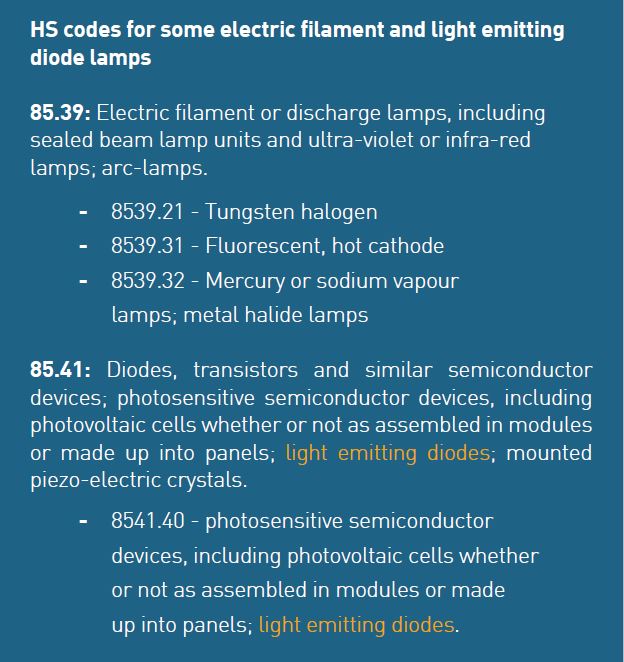In this issue, we provide information on the:
- Status of the ASEAN SHINE Lighting project;
- New guidance note series from en.lighten on MVE;
- New MVE infographic videos from en.lighten;
- Final reports for the en.lighten CFL and LED lamp testing and inter-laboratory comparison testing exercise;
- en.lighten summary guide, LED Street Lighting: Cutting Costs While Improving Safety and Service;
- Australian Department of Industry, Innovation and Science investigations on street lighting design energy rating systems;
- Australian E3 Light Bulb Buyers Guide, new lighting app and work on LED customs codes;
- Progress of the Global Lighting Challenge.
ASEAN SHINE expands to include lighting
In February 2016, UNEP-GEF en.lighten initiative and the Association of Southeast Asian Nations (ASEAN) Centre for Energy launched a programme to promote the production, sale and use of energy-efficient lighting equipment in ASEAN countries to reduce fast-growing electricity consumption and greenhouse gas emissions.
The initiative builds on the ASEAN Standards Harmonization Initiative for Energy Efficiency (ASEAN SHINE), a regional programme to advance the penetration of energy efficient equipment in ASEAN countries, which initially focused on air-conditioners.
The ASEAN SHINE - Lighting Chapter was announced at the UNEP-lites.asia ASEAN SHINE - Lighting kick-off meeting on 2-3 February 2016. The workshop, which marked the culmination of the work carried out by the UNEP-GEF en.lighten initiative and lites.asia, with the financial and technical assistance of the Australian Government, on monitoring, verification and enforcement for efficient lighting programmes in Southeast Asia and the Pacific, was organised in Bangkok by the UNEP-GEF en.lighten initiative, the UNEP Regional Office for Asia and the Pacific, the ASEAN Centre for Energy and the International Copper Association. To download copies of the presentations from this meeting from the lites.asia website, click here.

Participants at the ASEAN SHINE - Lighting Kick-off Meeting in Bangkok, Thailand in February 2016
Funded by the European Union, the ASEAN SHINE - Lighting Chapter will be implemented by the UNEP en.lighten initiative. It will help harmonize minimum energy performance standards and relevant testing standards for lighting products among ASEAN member states, as well as establish robust and cooperative monitoring, verification and enforcement schemes to ensure compliance with the established standards. In addition, it will contribute to greater regional market integration and removal of trade barriers. UNEP-GEF en.lighten estimates show that market transformation to energy efficient lighting in ASEAN, would result in annual savings of 35Twh of electricity, more than US$3.5 billion in consumer savings in electricity bills and avoidance of over 20 million tonnes of carbon dioxide emissions.
Since the meeting, nominations have been received for representatives from each ASEAN country to sit on the Lighting Policy and Technical Working Group. This group, with technical support from UNEP-GEF en.lighten, will provide expert technical advice and guidance on the ASEAN SHINE - Lighting programme and ensure that the outcomes are technically appropriate for the region. The first meeting of this group will be on 5 May 2016 in Myanmar, where the detailed product coverage for the first phase of the programme will be discussed. Working in parallel with this group, the ASEAN SHINE - Lighting Steering Committee, composed of members of the ASEAN Energy Efficiency and Conservation Sub-Sector Network, will monitor the progress and achievements of the ASEAN SHINE - Lighting programme and ensure that the outcomes meet the requirements and objectives of the ASEAN Member States.
Practical guidance for effective monitoring, verification and enforcement activities

In March 2016, the UNEP-GEF en.lighten initiative was pleased to announce the release of a series of six monitoring, verification and enforcement (MVE) guidance notes. Commissioned as part of its Southeast Asia and Pacific Monitoring, Verification and Enforcement Project, with funding from the Australian Government, the series provides practical tools to support the development of an effective compliance framework to support energy efficiency policies. Each guidance note focuses on an individual aspect of an effective MVE infrastructure and gives best practice guidance and examples for its implementation. They also describe how that aspect contributes to improved product compliance and the success of policies aimed at transforming the market to efficient lighting. Although the guidance notes focus on lighting products, the advice they contain is equally relevant to MVE programmes for other equipment and appliances. The exception to this is the photometric laboratories guidance note, which contains specific information for good practices in the testing of lighting products.
To download copies of the guidance notes from the publications page of the UNEP-GEF en.lighten website, click here. The full range of resources prepared under the en.lighten Southeast Asia and Pacific MVE Project can also be found on the lites.asia website by clicking here.
Short infographic videos provide an introduction to monitoring, verification and enforcement
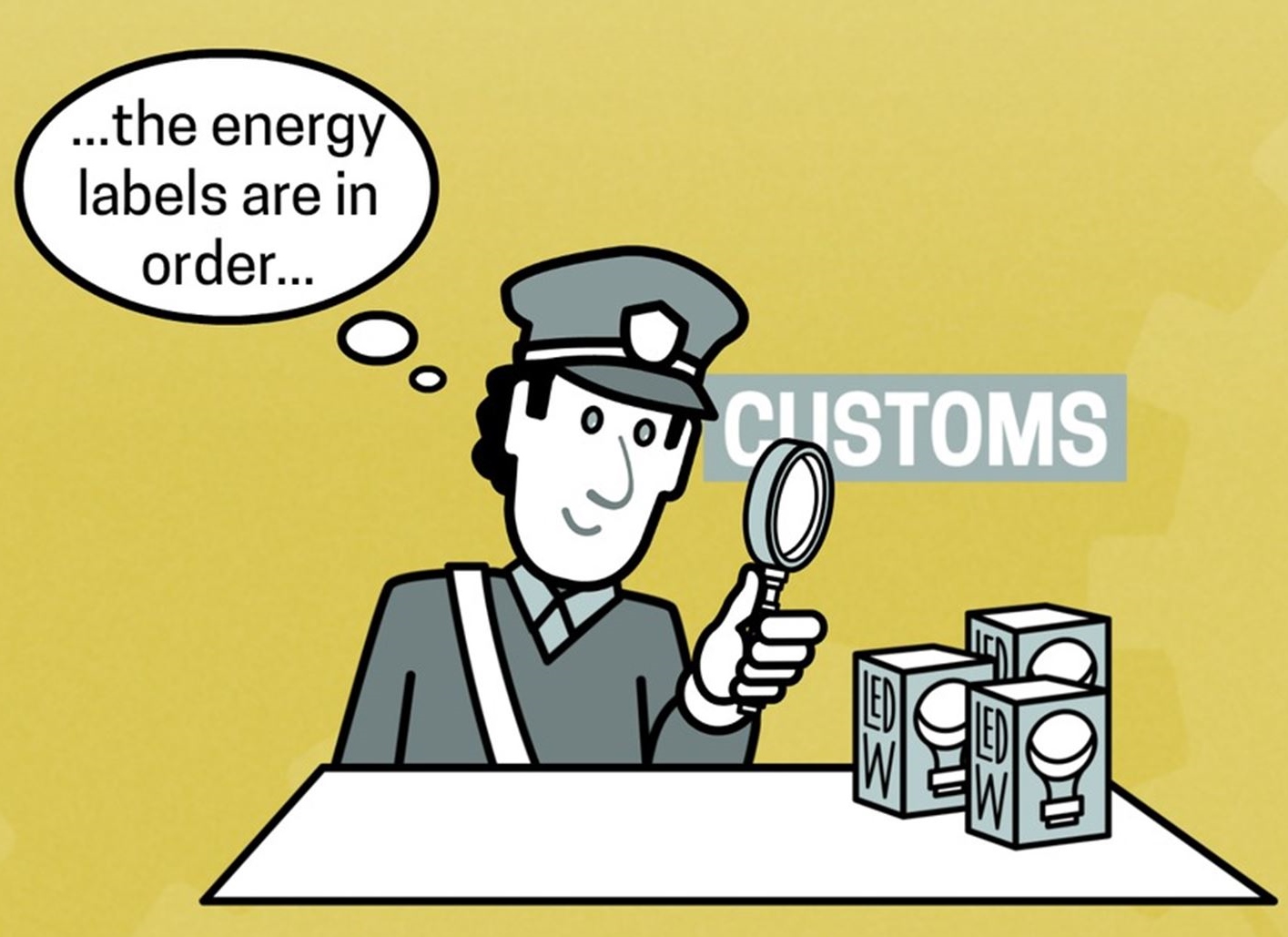 |
The UNEP-GEF en.lighten initiative is pleased to announce the availability of two short infographic videos highlighting the importance, and benefits, of monitoring, verification and enforcement (MVE). Commissioned as part of its Southeast Asia and Pacific Monitoring, Verification and Enforcement Project, with funding from the Australian Government, these infographic videos provide a short introduction to MVE. The first explains what it is, why it is important and what the benefits are for stakeholders (governments, suppliers and consumers). The second briefly describes the key steps for implementing a MVE programme and the questions that MVE can answer.
|
They are primarily aimed at decision makers in developing countries as a light-hearted tool for communicating with the stakeholders at all levels that must be engaged to implement successful MVE programmes.
To view the MVE infographic videos on the UNEP-GEF en.lighten website, click here.
Compact fluorescent and light emitting diode lamp sampling and testing exercise
In 2015, as part of its Southeast Asia and Pacific Monitoring, Verification and Enforcement Project, supported by the Australian government, the UNEP-GEF en.lighten initiative collaborated with six Southeast Asian countries (Cambodia, Indonesia, Lao PDR, Philippines, Thailand and Vietnam) on a lamp testing activity. This activity formed part of a wider project to support decision makers in the six target countries via a series of capacity building activities, including market review, product sampling, and testing to recognize the importance of energy performance and quality in lighting products.
The testing exercise involved the testing of 80 models of compact fluorescent lamps and 20 models of light emitting diode lamps by the Global Efficient Lighting Centre in Beijing, China.
|
The CFL samples were tested against the International Electrotechnical Commission (IEC) performance standard, IEC 60969, Self-ballasted lamps for general lighting services - Performance requirements, for a range of performance parameters, including lamp power, power factor, luminous flux, efficacy, colour rendering index, correlated colour temperature, standard deviation of colour matching and luminous maintenance after 2,000 hours.
They were also tested to establish the amount and format of their mercury content, in accordance with IEC 62554, Sample preparation for measurement of mercury level in fluorescent lamps, and IEC 62321, Electrotechnical products - Determination of levels of six regulated substances (lead, mercury, cadmium, hexavalent chromium, polybrominated biphenyls, polybrominated diphenyl ethers). |
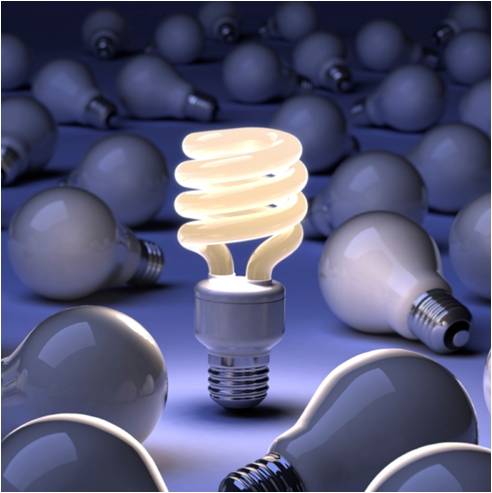 |
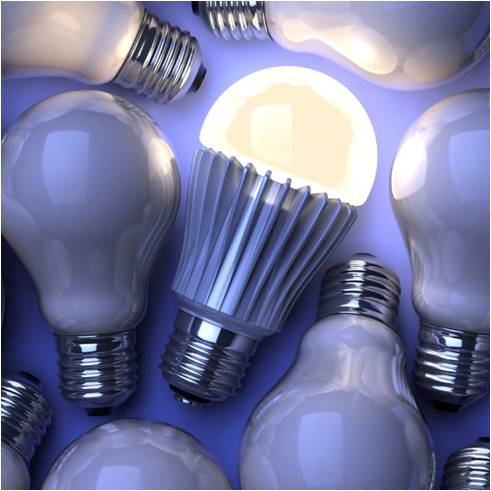 |
The light emitting diode lamp samples were tested for lamp power, power factor, luminous efficacy, CRI and light distribution. All the tests (except light distribution) were conducted according to the IEC standard, IEC/PAS 62612, Self-ballasted LED-lamps for general lighting services - Performance requirements. The light distribution test was conducted according to the Illuminating Engineering Society Approved Method for Electrical and Photometric Measurements of Solid-State Lighting Products, IES LM79-08.
The results of this testing are summarised in two reports:
|
These reports provide a summary and analysis of the results for each of the market, as well as a comparison of results across the markets and to requirements in other major markets globally.
In addition to the technical analysis of the test results, the UNEP-GEF en.lighten initiative has added an observations and recommendations section in order to provide the reports with further policy context. This additional section provides a summary comparison of the lamp performance parameters against national standards or MEPS, where available, as well as a comparison of the average pricing and results with available earlier pricing and benchmark test results from 2010 for Indonesia, Philippines, Thailand, and Vietnam.
A detailed description of the market review, sample identification, collection process, and lessons learned during the process for sampling the lamps for this testing exercise are contained in a companion UNEP-GEF en.lighten report, Lamp Sampling in Cambodia, Indonesia, Lao PDR, the Philippines, Thailand and Vietnam.
To download copies of these reports from the lites.asia website, click here.
LED Street Lighting: Cutting Costs While Improving Safety and Service
The control of public lighting offers an important and easy method of electricity consumption reduction. As a city’s ageing facilities can be one of the main causes of overconsumption, there are big advantages in communities retrofitting their lighting stocks. Today’s light emitting diode (LED) street lights are designed to offer a completely new and revolutionary service to cities and towns around the world. LED lighting can now be used in all applications and can deliver energy savings of 40-70 percent compared to traditional lighting technologies. These savings could be higher when combined with control systems which can further reduce maintenance costs close to zero.
|
In contribution to COP21 in December 2015 and responding to the urgent call for action on increasing energy efficiency, the UNEP-GEF en.lighten initiative and its partners, les Eco Maires, ADEME, Philips Lighting, Osram, Sunna Design, World Bank, IEA 4E SSL Annex and the Climate Group, prepared a guidance note, LED Street Lighting: Cutting Costs While Improving Safety and Service.
This guidance note outlines the many compelling reasons for local governments and municipalities to convert to LED street lighting. It recommends measures to improve street light quality, increase energy savings, reduce maintenance and encourage usage of intelligent networks. It also outlines a series of steps and instruments that municipalities could consider when making the shift to LED street lighting. Finally, the note discusses easily actionable financing options with tools to help them drive sustainable changes in their cities. |
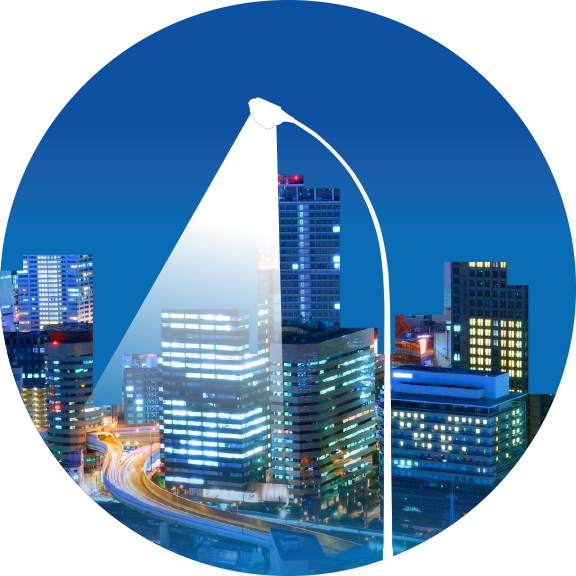 |
To download a copy of this guidance note from the UNEP-GEF en.lighten website, click here.
Australia working towards street lighting design energy rating systems
In 2014, the Australian E3 committee conducted an assessment of existing international methodologies, standards and guidelines for establishing energy efficiency requirements for streetlights, and related performance requirements for lighting installations for various classes of roads, to identify options that may be suitable for application in Australia and New Zealand, particularly within the context of AS/NZS 1158.
|
LED street lighting efficiency rating graph from 2014 assessment report |
The study recommended a threefold approach to achieve energy efficiency for road lighting:
The study was submitted to Standards Committee LG-002, Lighting for Roads and Public Spaces, and considered as part of the review of AS/NZS 1158. SA/SNZ TS 1158.6, Lighting for roads and public |
spaces - Luminaires – Performance, published on 14 October 2015, includes a minimum luminaire efficacy performance rating for road lighting based on this advice.
To download a copy of the report from this assessment, Energy efficiency requirements for road lighting designs and luminaires, from the Energy Rating website, click here.
|
Following on from this assessment, the E3 committee commissioned a further study in 2015 into the concept of a Road Lighting Design Classification System.
The study took data from a representative sample of 89 Australian and New Zealand Road Lighting Designs and applied the proposed classification system to assess and rate the designs.
The review found: |
Netherlands energy efficiency classification levels for street lighting* |
- The proposed lighting design rating methodology provides a useful comparative metric;
- A wide variation in the energy performance of the road designs evaluated;
- While LED technology was dominant at the higher performance levels, some road lighting designs employing LED technology delivered low performance outcomes, demonstrating that achieving efficient street lighting solutions is about a combination of both product selection and good design.
The review recommended some modifications to the proposed design classification method to align with recent changes in international standards. This review has now been submitted to Standards Committee LG-002, Lighting for Roads and Public Spaces, for consideration in relation to their review of AS/NZS 1158 and adoption of a classification system is under consideration.
To download a copy of this review, Review of Road Lighting Design Classification System, from the Energy Rating website, click here.
Helping consumers to choose the right lamp
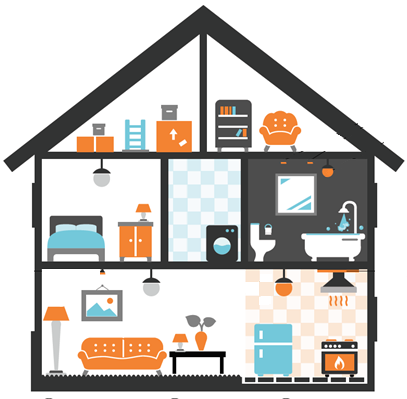 |
The increasing choice of lamps available to consumers, and the disappearance of some of the older options that they once relied on, may be confusing. In recognition of this, the Australian E3 programme has produced a factsheet to help consumers make the right choice of lamp for their needs and choose lamps that are fit for purpose, last longer and are cheaper to run.
The factsheet, Light Bulb Buyers Guide, clearly compares the different lamps available and highlights the key things to remember when choosing a lamp, focusing on four points:
|
To download a copy of the factsheet from the Energy Rating website, click here.
New app lights the way for lower energy bills
|
The Australian Government Department of Innovation, Industry and Science on behalf of the E3 Program has released a lighting app designed to help consumers find an energy efficient bulb to replace their incandescent or halogen bulb, or retailers or electricians to identify a suitable replacement bulb to recommend to their customer. Based on an app developed by the Government of Sweden, the Light Bulb Saver app is ideal for consumers, retailers and tradespeople.
The app shows the user how different kinds of light bulbs affect their electricity bills, especially showing how transitioning to more efficient alternatives – such as LEDs – can save money on electricity and replacement costs.
The Light Bulb Saver app has been released on Apple and Android and can be downloaded free from the Apple App Store or Google Play.
|
Extracts from new E3 lighting app |
For more information on the Energy Rating website, click here.
LED customs codes
|
Extract of current World Customs Organisation Harmonized System* |
Import data for energy using products classified by customs codes can be a valuable tool for energy efficiency regulators and policymakers to understand the volume and source of products entering the country. Countries with limited, or no, local manufacturing can also use import data in developing product stock and sales models to assist in policy formulation and monitoring. The broad international classification of customs codes is set by the World Customs Organisation under the Harmonized Commodity Description and Coding System, generally referred to as "Harmonized System" or “HS”. In the case of lighting products, while international customs codes have been in place for some time for a variety of lighting (including halogen, compact fluorescent, incandescent and linear fluorescent lamps, as well as associated control gear and luminaires) there have not been similar classifications available for the emerging LED modules, lamps and luminaires. It is only recently |
that the World Customs Organisation has released broad level classifications for LED lighting, which will be introduced in 2017. With these broad classifications, there is now an opportunity for countries to specify more detailed import categories that are set at the national level.
The Australian Government E3 energy efficiency program is currently working with the lighting industry and government agencies with responsibilities for these codes to develop these detailed categories with the objective of having them in place by January 2017. Other countries in the region who may be interested in accessing this work as it is developed, for possible application in their own country, can contact the Appliance Energy Efficiency Branch at:
* As illustrated in UNEP-GEF en.lighten guidance note, Product Selection and Procurement for Lamp Performance Testing)
Global Lighting Challenge passes the 90 million mark
|
In the last issue of the lites.asia newsletter, we announced a new initiative – the Global Lighting Challenge. This Clean Energy Ministerial-led initiative is a race to reach cumulative global sales of 10 billion high-efficiency, high-quality and affordable advanced lighting products, such as light-emitting diode (LED) lamps. Since its launch at COP21 in December 2015, the Global Lighting Challenge has grown tremendously by welcoming new supporters, increasing media coverage, and surpassing 90 million high efficiency, high quality bulbs deployed around the world! |
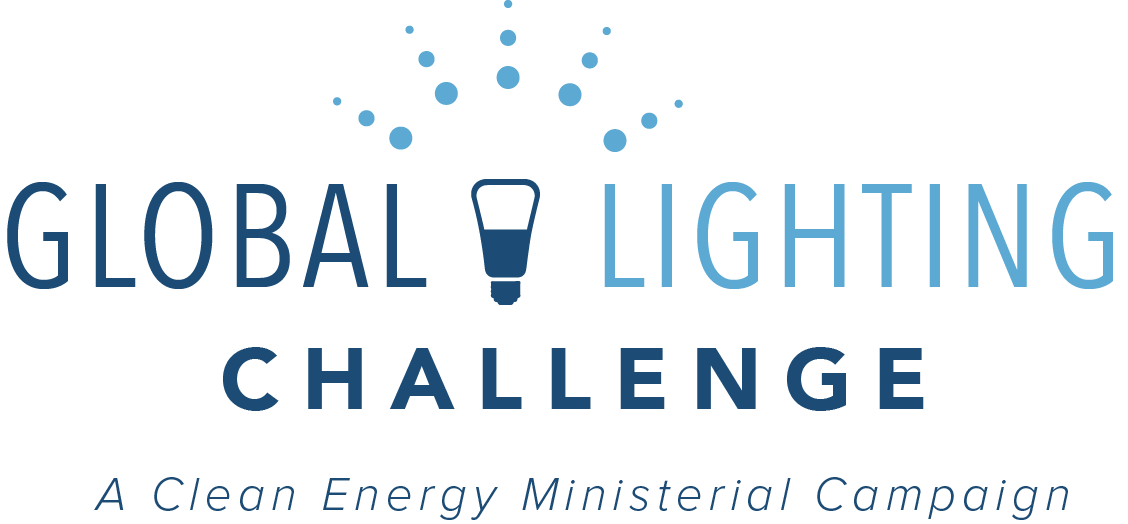 |
Since December, the Global Lighting Challenge has welcomed:
For a full list of partners, participants and supporters, and to learn more about the Global Lighting Challenge, visit the website at GlobalLightingChallenge.org. You can also keep up-to-date with current news and developments by following the Twitter handle @10bnbulbs to share news on lighting, energy efficiency, and the climate.
Dates for your diary
ASEAN-SHINE Lighting Policy and Technical Working Group meeting
5 May 2016 – Nay Phi Taw, Myanmar
ASEAN-SHINE Lighting Steering Committee meeting
6 May 2016 – Nay Phi Taw, Myanmar

